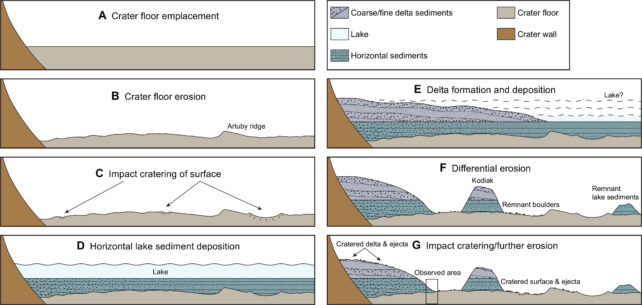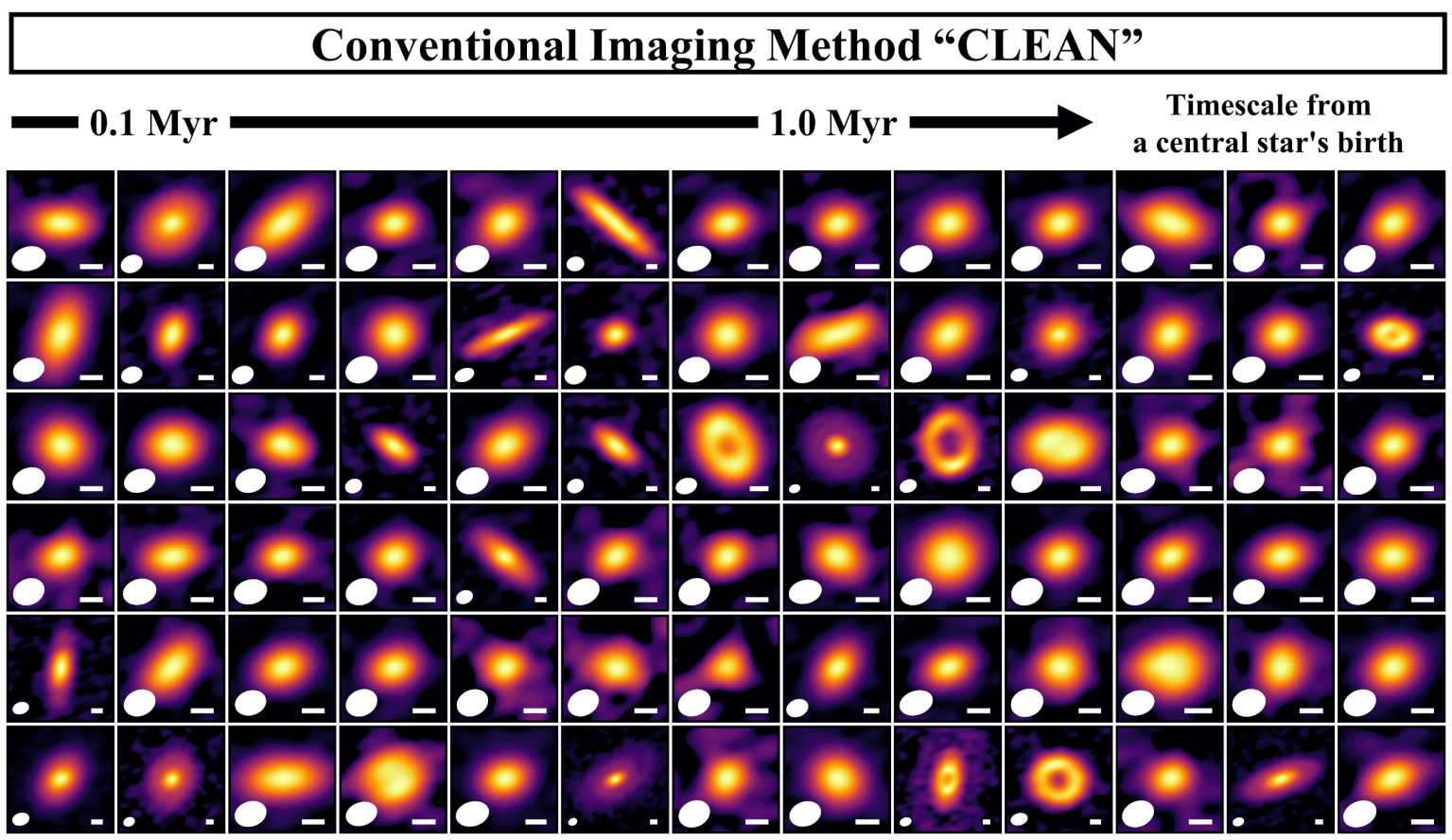If there really are signs of life on Mars, there’s a chance that the Perseverance rover may have already come across them. Underground radar images indicate that it is exploring an ideal location for ancient microbial life remains. As the rover, affectionately called Percy, traverses a landscape that is three billion years old, its instruments have confirmed that at least one Martian crater used to contain water. Scientists had strong suspicions that the Jezero Crater once held a delta system, as its surface displays clear indicators of a dried-out lake bed, which was fed by an ancient river. That’s why the Mars rover was sent to investigate the crater in February 2021. Now that researchers can look beneath Jezero’s dusty surface, they are more enthusiastic than ever about the possibility that Percy has already collected signs of extraterrestrial life. “From orbit, we can see a variety of different deposits, but we can’t definitively determine if what we’re seeing is their original state or the result of a long geological process,” explained planetary scientist and primary author David Paige from the University of California, Los Angeles (UCLA). “To understand how these formations were created, we need to explore below the surface.” Out of the seven tools on the Perseverance, the ground-penetrating radar, known as RIMFAX, is perhaps its most powerful feature. This system can detect ice, water, or salty brines more than 10 meters (30 feet) below the dusty surface, and can map layers of soil and rock down to 20 meters. frameborder=”0″ allow=”accelerometer; autoplay; clipboard-write; encrypted-media; gyroscope; picture-in-picture; web-share” allowfullscreen>For most of last year, Perseverance was moving along the western edge of the Jezero crater, using its radar to investigate the subsurface. The data collected now provide an unprecedented glimpse below the Martian surface, precisely where scientists suspected a lake to have existed. The underground imaging strongly suggests that this assumption was correct. Beneath the suspected delta, an international team of researchers found evidence indicating that the 4-billion-year-old crater, created by an asteroid impact, was subsequently filled with younger sediment and rocks. These findings support earlier RIMFAX data from a different location, which revealed unexpected slopes in sediment layers deposited in the crater. The younger sediments might have been transported into the crater through water or volcanic activity, but the new radar data from Percy suggests that the former hypothesis is more plausible.  Diagram of the depositional and erosional history of the Jezero western delta region. (Paige et al., Science Advances, 2024) Beneath the western edge of Jezero, the horizontal layers of underground sediment appear to have been formed in a watery environment resembling an Earthly lake. This lake may have extended over a significant portion of the Jezero crater, possibly reaching as far as 7 kilometers inward, but further exploration is necessary to confirm this. Over time, its water levels fluctuated, sometimes swelling and at other times receding. As the lake receded, it left behind a delta-like pattern of watery channels. When the river swelled, it formed a lake once again. If Mars resembles Earth in any way, such a long-lasting watery environment would be an ideal setting for the formation of microbial life. So far, Percy has drilled and collected several sediment samples from this particular region, with its inventory now 60 percent full. Some of the rocks and dust collected by Percy exhibit intriguing signs of organic compounds. However, it’s impossible to determine whether these compounds originate from biological or geological sources until a subsequent mission is sent to collect the rover’s findings. “This sequence of events… reinforces the idea that Jezero crater has preserved a rich geological history shaped by significant environmental changes on Mars,” stated the authors of the analysis. “A more comprehensive understanding of these events may require the return and analysis of the Perseverance samples.” Let the impatient waiting begin. The study was published in Science Advances.
Diagram of the depositional and erosional history of the Jezero western delta region. (Paige et al., Science Advances, 2024) Beneath the western edge of Jezero, the horizontal layers of underground sediment appear to have been formed in a watery environment resembling an Earthly lake. This lake may have extended over a significant portion of the Jezero crater, possibly reaching as far as 7 kilometers inward, but further exploration is necessary to confirm this. Over time, its water levels fluctuated, sometimes swelling and at other times receding. As the lake receded, it left behind a delta-like pattern of watery channels. When the river swelled, it formed a lake once again. If Mars resembles Earth in any way, such a long-lasting watery environment would be an ideal setting for the formation of microbial life. So far, Percy has drilled and collected several sediment samples from this particular region, with its inventory now 60 percent full. Some of the rocks and dust collected by Percy exhibit intriguing signs of organic compounds. However, it’s impossible to determine whether these compounds originate from biological or geological sources until a subsequent mission is sent to collect the rover’s findings. “This sequence of events… reinforces the idea that Jezero crater has preserved a rich geological history shaped by significant environmental changes on Mars,” stated the authors of the analysis. “A more comprehensive understanding of these events may require the return and analysis of the Perseverance samples.” Let the impatient waiting begin. The study was published in Science Advances.
Scientists More Optimistic About Perseverance Rover’s Potential Discovery of Martian Life














